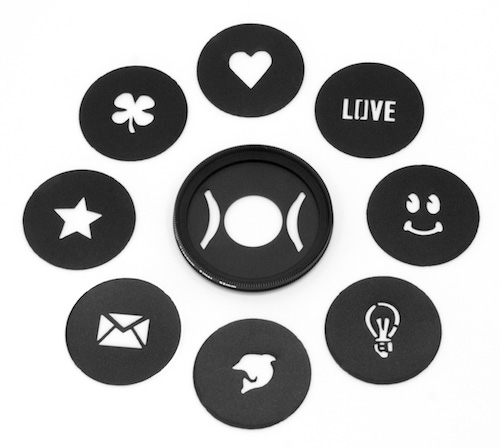
Use 2.0 pixels for the Radius.ĭuplicate the layer and then go to Filter>Blur>Gaussian Blur again, this time however use 5 pixels for the Radius. With the Brush Tool (B), select the hexagons brush we created in the previous step, then using white paint the layer with some hexagons. Change the Blend Mode of the folder to Color Dodge. Use 40% for the Opacity Jitter and keep the other values with 0%.Īdd a new layer and group this new layer, it will be inside a folder.

Then select Scattering, select Both Axes for the Scatter and use 700% for the value. Select Shape Dynamics and use 40% for the Jitter. Name your brush and get back to the document with the design. To create the brush just select the hexagon by holding Command(mac)/Control(pc) and clicking on the thumb of the layer, then go to Edit>Define Brush. After that go to Blending Options: Custom and change the Fill Opacity to 50%. Use 7 pixels for the Size and Inside for the Position. After that go to Layer>Layer Styles>Strokes. Select the Polygon Tool (U) and create an hexagon with black. Now let's create a hexagon shape to use as brush. Use 70 to 100 for the Amount, then change the Blend Mode to Color Dodge. After that go to Filter>Blur>Gaussian Blur. Make sure you have black and white for the background and foreground colors. After that change the Blend Mode to Overlay.Īdd a new layer and go to Filter>Render>Clouds. Fill the background layer with a very dark grey ( #181818).Īdd another layer and fill it with a gradient using dark yellow, red and blue for the colors. Open Photoshop and create a new document, I'm using 2560x1440 pixels so I can use it as wallpaper. We will use the brush engine, patterns, blend modes and basic filters to achieve this effect.
BOKEH FILTER HOW TO
So in this tutorial I will show you how to create a digital bokeh effect with hexagons.
BOKEH FILTER UPGRADE
The effect has become quite popular so I decided to upgrade a little bit the effect. Then I mixed it with some gradient colors blended all together. This one from a few years back, using an OM-2 with a 100mm f2.8 lens, comes close.In 2008 I came up with a technique using the Brush Tool in Photoshop to create a digital bokeh effect.

That was the best combo I ever found for it. I originally started shooting with such a filter on a Nikon F2 with the classic 105/2.5 lens. This works best with a relatively long lens, a wide aperture and a larger format. Since the hole pattern is assymetrical, rotating the filter creates different effects. With Bad Bokeh Filter (Nikon D300, 50mm, f1.8)Īs you can see, the out of focus areas break up into multiple, overlapping images, while the subject stays pretty sharp. Here is the same setup, with the filter and the same lens aperture. This is without the filter, using a Nikon D300 and a 50mm lens at f1.8. Here's a shot of a clementine I took this morning at my kitchen window. However, they act as multiple apertures on any of out-of-focus images. I'm not well-versed in optical theory, but these multiple holes do not appreciably affect the in-focus image of a lens since their rays come together at the lens' focal point. The Bad Bokeh Filter in a 52mm Filter Ring The holes range from 1/8" to 3/8 and are randomly placed. This particular one (I've made a number of them) is just a piece of black plastic with holes punched in it, mounted in an old 52mm filter ring with the original filter taken out. This technique creates intentionally fractured out of focus images on a photo using a DIY filter with multiple apertures. I mentioned this in a DPR news item and was asked for some background.


 0 kommentar(er)
0 kommentar(er)
